Whether you’re looking for a new conventional gasoline vehicle, a fully electric vehicle (EV), a truck, an SUV, or a sedan, this month’s best lease deals are sure to have something for you. Monthly payments start as low as $179 per month, and several offers require less than $4,000 due at signing.
More lease deals: Best SUV Lease Deals | Truck Lease Deals | Cheapest Lease Deals | Under $300 Lease Deals
Here are the best lease deals in September 2025.
1. 2025 Dodge Charger Daytona

Lease deal: $299/month for 24 months with $4,309 due at signing
Sticker price: $62,090
Expires: 9/30/2025
See 2025 Dodge Charger models near you
The 2025 Dodge Charger Daytona R/T with all-wheel drive (AWD) is on a lease special this month. It packs all the thrills of a futuristic dual-motor EV with all the retro style of a muscle car. With 496 horsepower on tap and up to 308 miles of range, the Charger Daytona R/T offers a taste of the best of both worlds.
2. 2025 Ford Mustang Mach-E
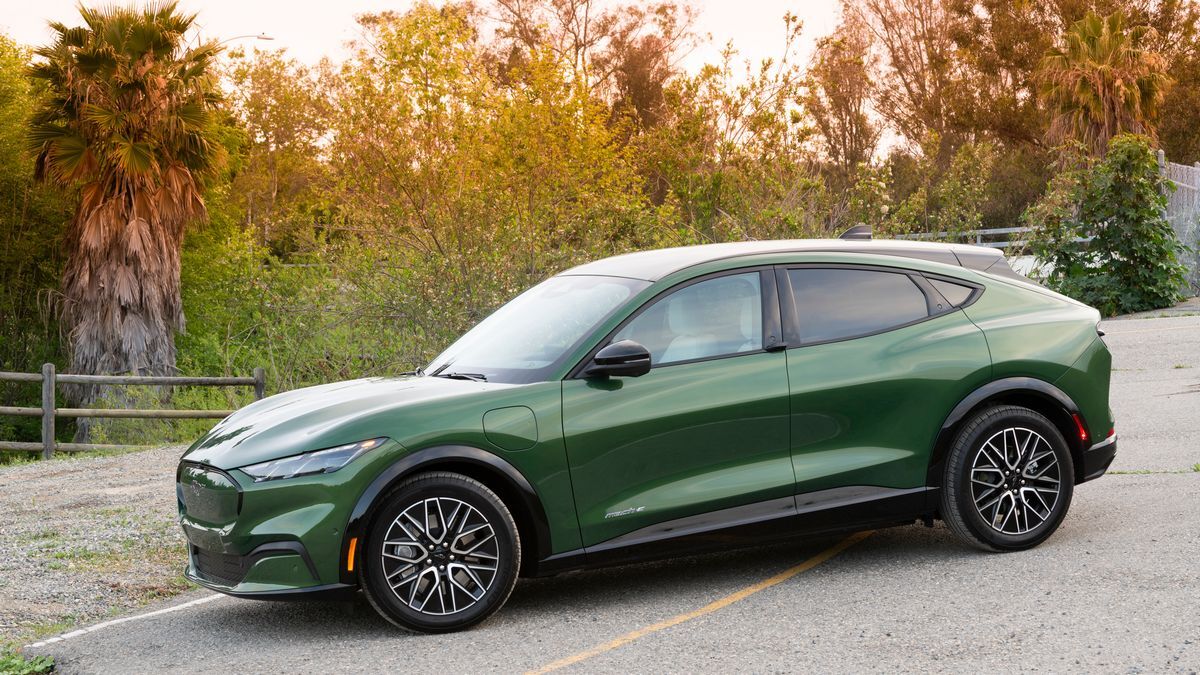
Lease deal: $239/month for 36 months with $4,389 due at signing
Sticker price: $41,990
Expires: 9/30/2025
See 2025 Ford Mustang Mach-E models near you
Sporty looks and pony car heritage give the 2025 Ford Mustang Mach-E a unique edge in the electric SUV space. This month’s lease deal covers the 2025 Mach-E Select with rear-wheel drive (RWD).
3. 2025 GMC Sierra 1500

Lease deal: $299/month for 36 months with $6,319 due at signing
Sticker price: $58,595
Expires: 9/30/2025
See 2025 GMC Sierra models near you
Although it’s very similar to the Chevrolet Silverado, the 2025 GMC Sierra 1500 has unique style, personality, options, and trim configurations. This month, we have the Sierra 1500 Crew Cab Elevation with the TurboMax engine and 4-wheel drive (4WD) on special. Lease tip: To qualify for this offer, you must be a current lessee of a 2020 or newer Buick or GMC vehicle.
4. 2026 GMC Terrain
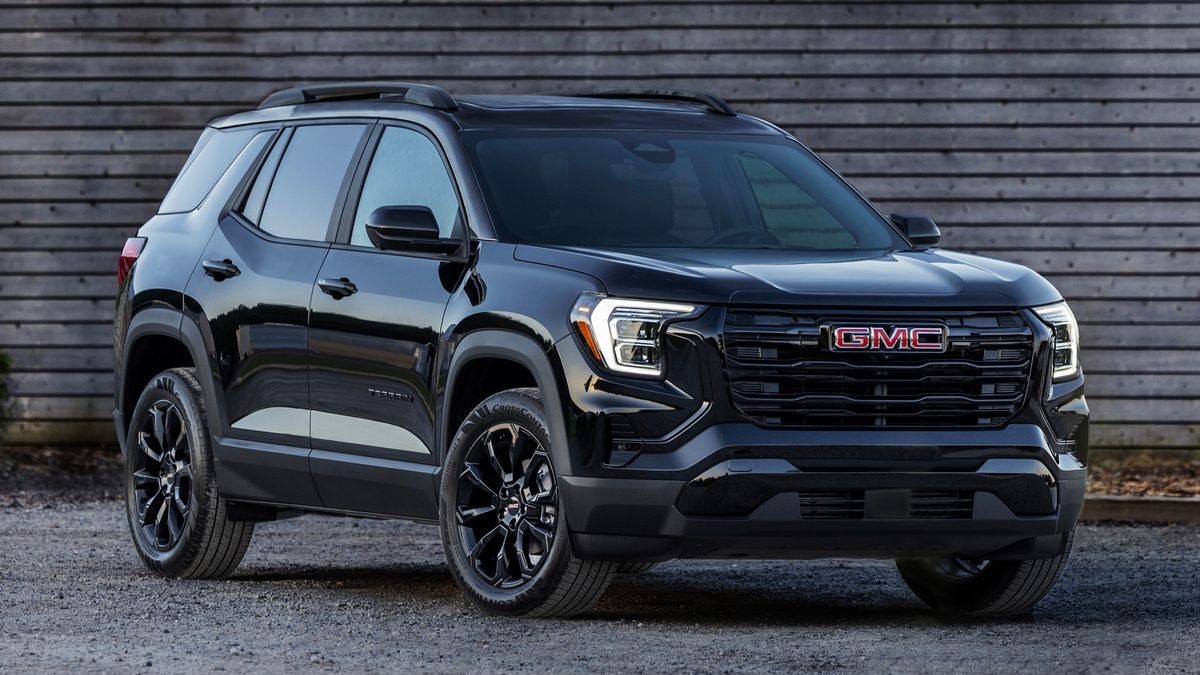
Lease deal: $279/month for 36 months with $4,432 due at signing
Sticker price: $31,895
Expires: 9/30/2025
See 2025 GMC Terrain models near you
The GMC Terrain was all-new for 2025, with bold new styling and lots of fresh features and technology. In the cabin, there’s a 15-inch vertically oriented touchscreen display and an 11-inch instrument cluster display, featuring Google-based infotainment and navigation. This month’s special is the Elevation with front-wheel drive (FWD). This deal is restricted to current lessees of eligible 2020 or newer vehicles.
5. 2025 Honda Accord

Lease deal: $229/month for 36 months with $3,699 due at signing
Sticker price: $29,490
Expires: 11/03/2025
See 2025 Honda Accord models near you
The Honda Accord is a legend for a litany of reasons, including its comfort, quality, refinement, and technology. The nicely equipped front-wheel-drive (FWD) LX trim is the model on special this month, although the mid-level SE is available for $4,199 due at signing and $249/month. To get this deal, you must be a current owner of an eligible 2010 or newer vehicle.
6. 2025 Honda Prologue
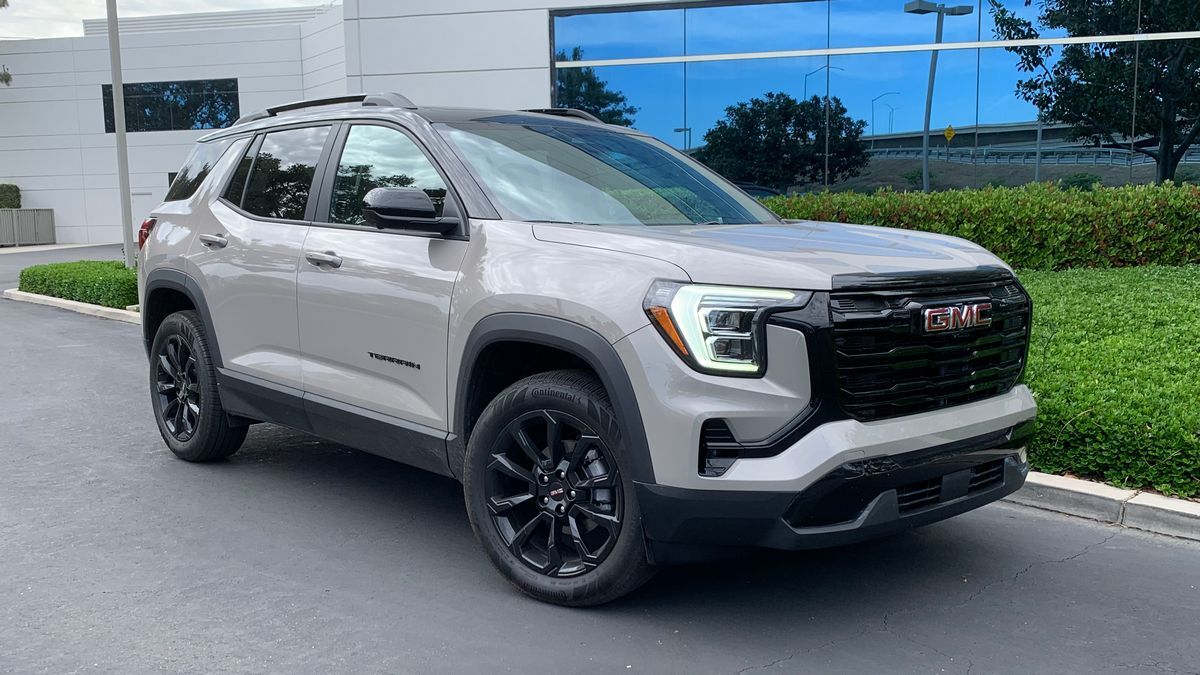
Lease deal: $179/month for 24 months with $3,299 due at signing
Sticker price: $56,650
Expires: 11/3/2025
See 2025 Honda Prologue models near you
The 2025 Honda Prologue is a practical, attractive choice for anyone who wants an electric SUV. The all-wheel-drive (AWD) model on special this month packs 300 hp and 294 miles of range. Shopping tip: You can also get the same monthly payment for a 36-month term with $3,799 down.
7. 2025 Jeep Grand Cherokee

Lease deal: $289/month for 24 months with $4,249 due at signing
Sticker price: $41,780
Expires: 9/30/2025
See 2025 Jeep Grand Cherokee models near you
The 2025 Jeep Grand Cherokee continues the nameplate’s reputation for rugged off-roading ability combined with civilized on-road behavior. This month’s lease deal covers the Laredo X trim with 4-wheel drive, which strikes a nice balance between cost and equipment.
8. 2025 Mazda CX-5

Lease deal: $239/month for 36 months with $5,009 due at signing
Sticker price: $30,545
Expires: 9/30/2025
See 2025 Mazda CX-5 models near you
If you’re searching for a fun-to-drive compact crossover with standard all-wheel drive and evergreen style, the 2025 Mazda CX-5 is a great choice. It’s also Mazda’s best-selling vehicle, and for good reason, as it’s a well-balanced SUV with plenty of style and practicality to go with its athleticism. The base 2.5 S is the model on special this month.
9. 2025 Mercedes-Benz EQB
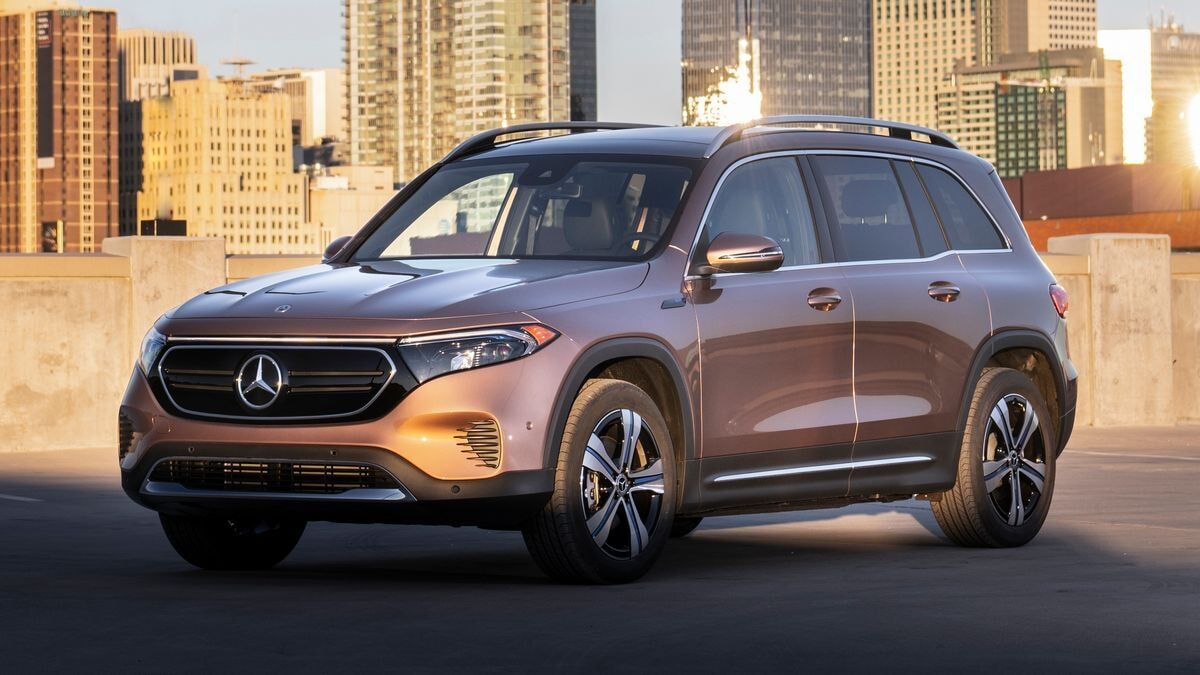
Lease deal: $299/month for 36 months with $4,843 due at signing
Sticker price: $53,050
Expires: 9/30/2025
See 2025 Mercedes-Benz EQB 250+ models near you
Stylish, capable, all-electric, and luxurious, the 2025 Mercedes-Benz EQB 250+ is a surprisingly good value on this month’s lease deal. The EQB even offers available 3-row seating, beating out the Model Y’s third-row legroom by about three inches.
10. 2025 Toyota Tacoma

Lease deal: $269/month for 36 months with $3,999 due at signing
Sticker price: $42,085
Expires: 9/30/2025
See 2025 Toyota Tacoma models for sale
The 2025 Toyota Tacoma is beloved by off-roaders for its ability and extensive aftermarket support. It’s loved by everyone else for its reliability and affordability. The Tacoma SR5 on special this month includes a Double Cab configuration with 4-wheel drive. Shopping tip: If you can do without 4WD, the 2-wheel drive (2WD) model is available for $239 per month with the same terms.
Best Lease Deals in September 2025
- 2025 Dodge Charger Daytona
- 2025 Ford Mustang Mach-E
- 2025 GMC Sierra 1500
- 2026 GMC Terrain
- 2025 Honda Accord
- 2025 Honda Prologue
- 2025 Jeep Grand Cherokee
- 2025 Mazda CX-5
- 2025 Mercedes-Benz EQB
- 2025 Toyota Tacoma
If you are looking for a new or new-to-you vehicle, you may wonder whether to lease or finance it.
Several considerations comprise the backbone of determining which option is better for you. As with all things related to acquiring a new car, truck, or SUV, research is the best prescription for making a sound decision. Read on to learn about leasing vs. buying and common questions buyers ask.
What Is Car Leasing?
In simplified terms, a car lease is a contract to rent a vehicle for a specific time frame, usually 24 months to 36 months. Customers make monthly payments to the leasing company, which owns the car. The lease payments cover the estimated depreciation or loss of value of the car during the lease. You are also paying for the interest on the money the lessor used to buy the car.
Although you don’t own the vehicle, you are responsible for its upkeep, maintenance, and insurance. At the end of the lease, you return or purchase the vehicle for a predetermined contractual value.
Is Leasing a Car a Good Idea?
Leasing a car is a good option for some people, but it isn’t the best choice for everyone.
Your decision to lease rather than buy a new car depends on many factors.
Advantages of Leasing a Car
- Low to no down payment: Some car lease deals require low down payments, unlike the financing offers available for many buyers.
- Less money initially: Because of low down payments, the initial leasing costs are less than if you pay with cash or finance the vehicle purchase.
- Pay car depreciation, not interest: Monthly lease payments are lower than payments for financed automobiles. With a lease, you’re paying for the car’s depreciation. You’re paying for the vehicle when financing the purchase, plus interest to the lender.
- Drive new cars: Leasing allows you to switch cars more frequently. A typical lease lasts three years or less. When it ends, drivers can start with another new car with the latest safety and infotainment features if they choose not to purchase the vehicle.
Drawbacks of Car Leasing
- Mileage limits: Many drivers may find driving less than the mileage limitations specified in leases challenging. Low-cost lease deals are conditional on logging fewer than 10,000 or 12,000 miles per year.
- End-of-lease fees: If you exceed the mileage in the lease contract, you can be on the hook for significant fees of up to 25 cents per mile. For example, if you drive 15,000 miles on a lease with a condition of 12,000 miles, you will need to pay overage fees of up to 25 cents per mile. Your contract typically spells out the terms, so read the fine print. Additionally, there may be a fee for turning in the vehicle at the end of the lease. At that time, the dealer will evaluate the vehicle’s condition. You’ll be required to fix damage or may need to pay penalties for excessive wear and tear, such as scratches and scrapes.
- No modifications or upgrades: Leases rarely allow for any vehicle modification. You cannot install a custom sound system, upgraded wheels, or window tinting.
- Hassle: When a lease ends, you must return the car to the dealership. Many drivers consider this a good thing since they don’t have to sell or trade it in. But it also means you’re back to square one. You must start over with a new lease on a different car, purchase the vehicle you were leasing, or buy another car.
Leasing vs Buying: Which Is Better?
The lease vs. buy question has many variables, and you must consider your preferences and budget. It’s a personal decision because every situation is unique.
Leasing brings advantages like tax write-offs that benefit many drivers. Consider buying if you value long-term savings over driving new models.
See the differences between leasing and buying below:
| Leasing | Buying | |
| Monthly payments | Lower | Higher |
| Ownership | Vehicle returned at end of lease | Own vehicle once paid off |
| Mileage restrictions | Yes with penalties for exceeding | No |
| Customization | Typically prohibited | Allowed |
Leasing
- Monthly payments: In most cases, lease payments are lower than loan payments for the same vehicle.
- Early termination: Ending a lease before it expires requires a hefty fee.
- End of term: You might face penalties for exceeding the mileage cap or excessive wear, but you are about to return the car to the lessor at the end of the lease.
- Mileage: A lease restricts how many miles you can drive the vehicle. Exceeding the annual mileage allowance will generate a fee of between 15 and 50 cents for every mile above the mileage cap.
- Aftermarket: You may not install custom features such as stereos or window tinting because you do not own a leased vehicle.
- Warranty: Most leased vehicles are covered by a warranty for the duration of the lease, easing the financial burden when repairs are needed.
- Taxes: A lease can result in savings because some states calculate sales tax based on the monthly payment instead of the car’s value. It’s also possible to lease a vehicle partially for a business purpose and use that portion as a tax write-off.
- Credit: Leasing companies offer the best lease deals to consumers with impeccable credit histories.
Buying
- Monthly payments: Loan payments are usually more than lease payments for the same vehicle.
- Early termination: If you’re financing the vehicle, you can trade or sell your car at any time, provided you satisfy the loan balance.
- End of term: When the loan is satisfied, you can keep, sell, or trade the car.
- Mileage: There is no mileage restriction when you finance a car.
- Aftermarket: When you finance or pay with cash, you can enhance and upgrade your ride however you like. Just be careful not to let your customization void the vehicle’s warranty.
- Warranty: As your car ages and its warranty expires, you will probably face costly repairs.
- Taxes: In some states, you must pay tax on the vehicle’s entire value or selling price. This tax may be called an ad valorem tax or a sales tax, depending on where you live.
- Credit: Poor credit means a higher down payment and less favorable rates for an auto loan.
Example cost comparison of leasing vs. buying for a $40,000 car:
| Leasing | Buying | |
| Monthly payment | $500 for 3 years | $700 for 5 years |
| Total paid | $18,000 | $42,000 in loan payments |
| Ownership of vehicle | Do not own | Own the car worth $20,000 |
What to Know About Car Leasing Deals
Learn the ins and outs of a car lease when shopping for a vehicle. Evaluate the pros and cons of leasing to determine if it is the right choice for your situation, lifestyle, and budget.
While new car prices have dropped somewhat since the pandemic ended, they remain high, with the average price consumers paid for a new car topping more than $48,000 last year. As a result, many vehicle shoppers look to leasing to lower their monthly payments.
Before you decide on a car lease, read all the fine print. Lease deals sometimes apply only to:
- Specific models and trim levels that the manufacturer wants to move.
- Shorter time frames, like 36 months.
- Lower annual mileage allowances. For example, a limitation of 10,000 miles per year may be less visible than the bold words and numbers highlighting low payments.
- Consumers with stellar credit.
Please note that laws and regulations vary by state.
Leasing and Your Responsibilities
Unlike ownership, car leasing works like a long-term rental. You are paying to use the car for a set period and not purchasing it. Even though you don’t own the car, you must pay taxes, carry proper insurance coverage, and maintain the car, according to the lease agreement.
PRO TIP: The lease might dictate a lower deductible for your car insurance coverage and may require you to obtain guaranteed asset protection, known as GAP insurance, in case of a total loss to cover the difference between the amount owed and the vehicle’s actual value.
How to Get the Best Leasing Deal
Special lease offers from automakers usually restrict consumers to a specific limit and time frame, while typical leases can provide flexibility. Comparison shopping and savvy negotiation tactics will help you get the best leasing deal.
Shopping to lease a car works similarly to buying a vehicle. Research is the key to your preparation. Other steps to take include:
- Check your credit. Consumers with lower credit scores will pay larger down payments to get approved. Know your score early in the process to avoid any nasty surprises.
- Know your budget. Figure out how much cash you can pay upfront. You must pay some deposits and fees when you sign a lease, and many are not negotiable. The lessor may also require a down payment.
- Calculate your average annual mileage. Most leases have an average yearly mileage cap of 10,000 to 12,000 miles. Be realistic with your driving estimate. A penalty applies for each mile you drive over the annual allowance.
PRO TIP: Use a mileage tracker to help you stay on target with your mileage allowance.
Negotiating the Lease at the Dealership
When negotiating the lease deal, every contract is different.
Some points to consider:
- Concentrate on the total cost and avoid negotiating the monthly payment, which can lead to additional charges sneaking into the deal. Many carmakers offer deals, so do your homework to know what offers exist for the vehicle you want.
- Negotiate the lease price of the vehicle separately, just as you would when buying a new car. Then, move to other areas, including the interest rate, annual mileage allowance, and lease length.
- Sift through each line item before signing, question and negotiate any dealer fees it contains.
- As with financing a vehicle, you can walk away instead of agreeing to a deal you don’t like.
Common Leasing Terms
Here are some key lease terms you need to know:
- Acquisition fee: Sometimes called a bank fee or lease initiation fee, this is the amount of money a bank or an automaker charges for processing a new lease. Typically ranging from about $500 to $1,000, the acquisition fee is like a car’s destination charge because it can rarely, if ever, be negotiated. However, some automakers or banks will roll the acquisition fee into a car’s monthly payments, which allows you to spread out the cost over time. If the lessor doesn’t roll the acquisition fee into monthly payments, you’ll have to pay it upfront, even on leases that advertise no down payment at signing.
- Capitalized cost: This is the bottom-line lease price and includes all capitalized cost reductions, such as rebates, down payments, or other reductions to the final total. For example, if a car costs $30,000 and you put down $2,000 upfront, the capitalized cost is $28,000, thanks to the down payment. Any cap cost reduction will lower your monthly payments because it lowers the amount you’ll have to pay over the lease term.
- Dealer fee: A negotiable fee charged by the dealership that they pass on to the consumer. It is the cost of preparing the car for sale or lease.
- Disposition fee: Many leasing companies and automakers charge a disposition, or disposal fee, at the end of the lease. These fees, typically from $350 to $550, cover any costs associated with the car’s return, including washing it, paperwork, and preparing it for future sale. The dealer will not assess a disposition fee to drivers who purchase the car at the end of the lease because the dealer will not need to prepare the car for sale.
- Fair market value: This is the price buyers would be willing to pay a seller for a vehicle. If the fair market value is higher than the predetermined residual value at the end of a lease, it’s potentially a good deal to buy the leased vehicle.
- GAP insurance: Known as guaranteed asset protection insurance, GAP is optional, though sometimes required, insurance that covers the difference between the amount you owe on the lease and the price insurance pays for your car if it is stolen or totaled.
- Lease term: The time in months or years that your lease lasts.
- Money factor: The money factor (sometimes called the “lease factor”) is the rate you’ll pay in finance charges each month of your lease. The automaker or bank sets this rate. Although some salespeople quote this as the interest rate, the two are different, and you must multiply your money factor by 2,400 to calculate your interest rate. For instance, a money factor of 0.0025 translates to a 6% interest rate.
- Residual value: The residual value is the predicted amount of money your car will be worth when the lease ends. For example, if you lease a $25,000 car today, the 36-month residual might be around $17,500. That $17,500 is the amount the bank or the automaker thinks the vehicle will be worth at the end of a 3-year lease. It’s also the amount of money that the lessor uses to calculate your lease payment. Cars that benefit from a high residual value tend to have lower payments than vehicles that depreciate more rapidly.
How Much Does It Cost to Lease a Car?
For a good deal on a traditional lease, expect to pay $100 to $150 per $10,000 of a new car’s price.
At $40,000, that’s between $400 and $600. A vehicle with a lower MSRP will mean a lower monthly lease payment. When estimating your total cost of a leased new car, include any down payment, acquisition, and disposal fees.
Leasing typically translates into a lower monthly payment than traditional financing, which can be attractive to anyone with a stretched budget.
Is Leasing More Affordable?
Monthly lease payments are almost always less than the monthly financing payments for the same vehicle. In the short term, a lease will cost less.
However, two back-to-back leases cost more than owning one of those cars. After five or six years, you will pay off the financed loan, and the car’s remaining value is yours. When a lease ends, you turn in the vehicle and have only memories unless you buy the car.
Leasing Lengths
The most common lease term, or length, is 36 months. Two-year or 24-month leases are also popular. You can also find 39- and 42-month terms.
It’s possible to lease a car for a shorter term – one year, for example – but that isn’t always prudent. New cars typically depreciate as much as 30% by the end of the first year. Because lessors base monthly lease payments on depreciation, those twelve payments would be costly.
Can You Lease a Used Car?
Yes. Although car leases are primarily for new vehicles, several manufacturers like Honda and Lexus offer leasing options through their certified pre-owned (CPO) programs. Typically, CPO vehicles are gently used, newer model cars with factory warranties and other benefits.
Pros of CPO Leasing
- Lower payment. The monthly payment for a used car lease is less than the lease or loan payment for an equivalent new vehicle.
- Lower insurance. In most cases, a leased CPO vehicle will cost less to insure than a leased new car because the vehicle’s value is lower than that of a new car.
- Warranty. Most CPO vehicles have a manufacturer’s warranty.
- Nicer car. When you lease a vehicle that’s a few years old, a fancier vehicle with a higher trim level might fit into your budget.
Cons of CPO Leasing
- Low inventory. Locating a dealership with used vehicles eligible for CPO leasing can be challenging. Not all dealerships offer this service.
- Lack of the latest safety features. Car technology moves quickly. Some of today’s standard features were high-end options just a few years ago.
- Higher interest rate. A used car will have a higher money factor, lease-speak for interest rate.
- Maintenance: A CPO warranty does not cover replacing worn items like brake pads and tires.
- You’re still leasing a car. You can either return it or buy it for the predetermined residual value at the end of the lease term. You are responsible for excessive wear and any penalties for mileage over the annual allotment at the end of the lease.
Top 10 Things to Know About Leasing a Car
- Put down only the required amount of money. You do not see those funds again when you spend cash on a lease.
- Maintain your leased vehicle precisely as the owner’s manual outlines. Some leases cover all or part of periodic maintenance, but most contracts require you to do the work at your expense.
- Taking advantage of monthly special lease deals that automakers subsidize can save you hundreds of dollars or more.
- Research vehicle models that retain their value. Value retention is critical because a higher residual value leads to lower monthly payments.
- Most lessors will gladly extend a lease on a month-to-month basis or for a fixed number of months. Reducing the length of your lease is a different matter, and it involves an early termination fee or a substantial payment to satisfy the remaining lease payments.
- Reduce monthly payments by negotiating a lower vehicle price and a better money factor or interest rate.
- Shopping around might help locate better deals. Don’t be afraid to walk away before signing a lease.
- Excess mileage fees typically range between 10 cents and 25 cents per mile. To avoid hefty fees at the end of the lease, estimate your annual driving habits carefully.
- Calculate other lease offers to determine which one costs less. Ultimately, one model with lower monthly payments might cost more than another lease deal because it requires more money at lease signing.
- Advertised payments typically are reserved for customers with the very best credit scores.
How Credit Impacts Leasing
A leasing company will use your credit score and history to determine whether it will lease to you. Your credit score carries significant weight. Leasing companies tend to be pickier when evaluating lessees rather than buyers.
Good credit is required, and an excellent credit score allows you to get the best leasing deals.
Check your credit score during the early stages of your car shopping research. You will need time to fix any errors. More importantly, you should use the opportunity to avoid an unpleasant discovery at the dealership when ready to strike a deal.
Can You Lease with Bad Credit?
If your credit score is in the low range of 501 to 660, you may find a lender willing to give you a lease. However, you should expect to put down a substantial down payment. Also, you can expect a higher-than-average interest rate.
What Happens if I End a Lease Early?
If you need to terminate your lease suddenly, options are limited. Suppose you can no longer afford the lease and want to get out of the contract. In that case, you’ll need to make a balloon payment to cover the remaining months or pay a stiff penalty for early termination. Companies like Swap-a-Lease and other fee-based marketplaces broker deals between people who want out of a lease and people willing to assume a lease. Check the terms of your lease to understand termination fees or buyout fees should someone take over your lease.
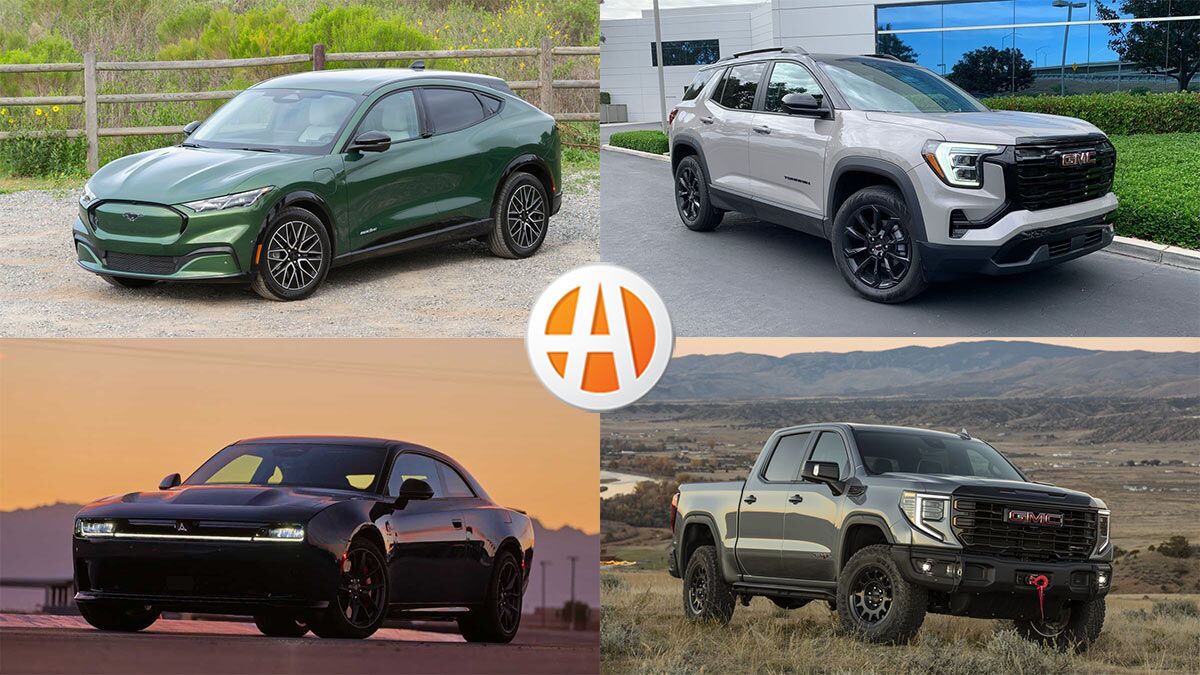











should be more 3 or 4 maybe even 5-year leases, I am thinking of at least a 3-year lease, with maybe a little les down payment.
Hyundai Venue you love it